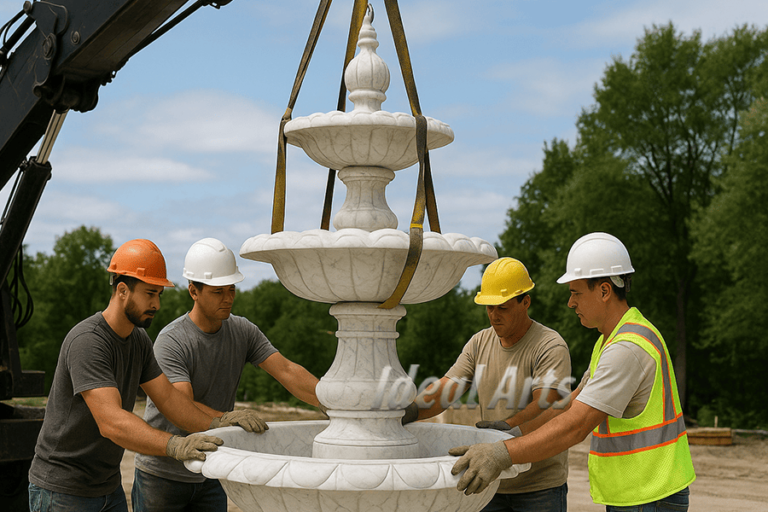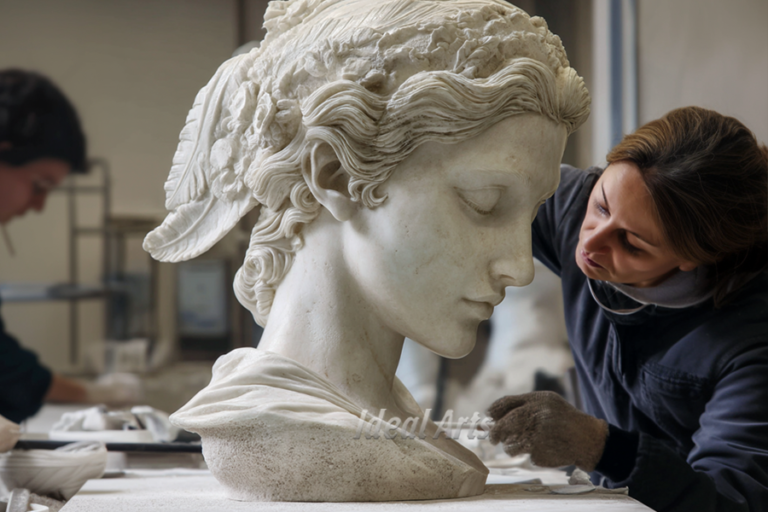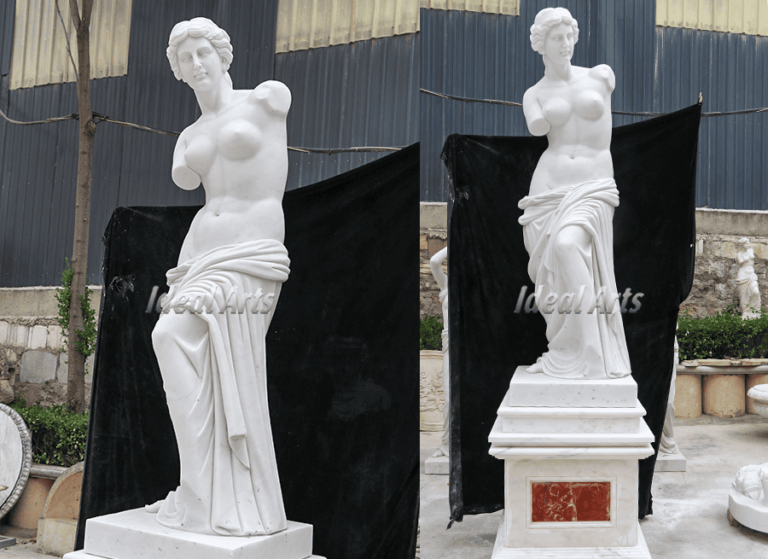Introduction
When we think about tombstones, images of simple stones or plaques often come to mind. However, for many, an angel tombstone represents much more than just a marker of a loved one’s resting place. These beautiful and intricate sculptures hold deep symbolic meaning, providing comfort and a sense of connection between the earthly and the divine.
Historical Significance of Angel Tombstones
Ancient Origins
The use of angelic figures in funerary art dates back to ancient civilizations. Angels, often depicted as messengers of the divine, have been a part of human culture for millennia. In ancient Greece and Rome, angels were believed to be intermediaries between the gods and humans, guiding souls to the afterlife.
Evolution Through the Ages
Over the centuries, the representation of angels in tombstones evolved. During the Renaissance, angelic figures became more detailed and expressive, reflecting the era’s artistic advancements. The Victorian era saw a surge in the popularity of angel tombstones, symbolizing the growing emphasis on afterlife beliefs and the importance of memorialization.

Symbolism of Marble Angel Tombstones
- Guardians of the Soul
Angels are often seen as protectors, guiding souls to heaven. A marble angel tombstone symbolizes the belief that the deceased is under the watchful eye of a celestial guardian, ensuring their safe passage to the afterlife.
- Eternal Rest and Peace
The serene expressions and gentle postures of angels on tombstones convey a sense of peace and tranquility. This imagery provides comfort to the bereaved, signifying that their loved ones have found eternal rest.
- Hope and Resurrection
Angels are also symbols of hope and resurrection. The presence of an angel on a tombstone is a reminder of the promise of life after death, offering solace to those left behind.

Types of Marble Angel Tombstones
There are several types of marble angel tombstones, each carrying its unique symbolic meaning. Here are some of the most common designs:
This design features an angel standing watch with outstretched wings, symbolizing eternal vigilance and protection. The guardian angel represents a steadfast sentinel, offering reassurance to the bereaved that their loved one is under divine protection. The portrayal of strength and serenity in the angel’s demeanor offers comfort, suggesting that the departed soul is not alone but accompanied by a celestial guardian in their journey beyond.

2. The Weeping Angel
Perhaps the most poignant of all, the weeping angel, often seen draped over a tombstone, epitomizes the profound grief and loss felt by those left behind. This figure is not just a representation of sorrow but also of deep love and connection. The weeping angel reflects the idea that the divine also mourns the loss, providing a shared sense of sorrow that unites the spiritual and earthly realms in a moment of collective grief.

3. The Praying Angel
A praying angel depicted in a pose of reverence, with hands clasped or facing upward, symbolizes intercession on behalf of the deceased’s soul. This type of tombstone conveys hope and the belief in the power of prayer to transcend earthly boundaries, offering peace to the departed and solace to the living, with the angel acting as a mediator conveying prayers to the divine.

Featuring an angel with gentle, downward-cast eyes and an open embrace, this design symbolizes compassion, mercy, and the welcoming of the soul into the afterlife. The Angel of Mercy reassures those grieving that their loved ones are received with warmth and kindness in the spiritual realm, emphasizing the compassionate nature of the divine.

Craftsmanship and Artistry
- Selection of Marble
The creation of a marble angel tombstone begins with the selection of high-quality marble. This natural stone is chosen for its durability, elegance, and timeless beauty. The purity of the marble enhances the ethereal quality of the angelic figure.
- Design and Sculpting
Skilled artisans meticulously design and sculpt each tombstone. The process involves detailed planning, with attention to the pose, expression, and intricate details of the angel. The sculpting is done by hand, ensuring that each piece is unique and personalized.
- Finishing Touches
The final stage involves polishing and finishing the tombstone to bring out the natural luster of the marble. Additional elements, such as inscriptions and decorative motifs, are added to complete the memorial.

Customization Options
Personal Inscriptions
Personalized inscriptions add a meaningful touch to the tombstone. These can include names, dates, and heartfelt messages, allowing families to pay tribute to their loved ones in a unique way.
Additional Elements
Many families choose to include additional elements such as floral designs, religious symbols, or even small portraits of the deceased. These customizations enhance the memorial’s significance and personal connection.

Marble angel tombstones are more than just memorials; they are works of art that encapsulate deep symbolism and heartfelt sentiments. From their historical roots to the intricate craftsmanship involved in their creation, these tombstones serve as enduring tributes to the lives they commemorate. By understanding the profound meaning behind these monuments, families can find solace and connection with their departed loved ones.






